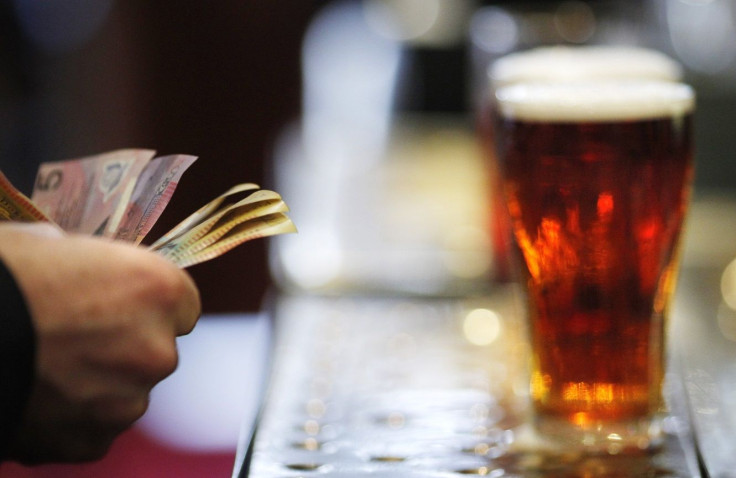Sydney is 3rd most expensive in Asia Pacific: Qlik cost of living app

Living in Sydney is really expensive, according to a comparative study. A new web-based app from visual analytics company Qlik allows consumers to quickly compare the cost of living across eight key cities in Asia Pacific.
The Qlik APAC Cost of Living app uses embedded visual analytics comparing the cost of living across Sydney, Hong Kong, Kuala Lumpur, Mumbai, Seoul, Shanghai, Singapore and Tokyo. It is built on Qlik Sense and is based on data collected from different sources, such as desktop research and surveys of regional retail chains and hotels.
As the analysis notes, Sydney, the only Australian city included, isn’t the most expensive place to live in among the list; that honour goes to Tokyo. However, Hong Kong and Sydney, which are second and third, are fairly close behind.
Tokyo costs 39 percent higher than the average cost of living in the APC list. A closer look, however, reveals that Hong Kong is more expensive than the Japanese city when looking at the app’s “Expensive” category. On the “Budget” side, Sydney places second behind Tokyo, which shows that Australia’s most populous city isn’t budget-friendly.
“With the constant fluctuations in Asian economies and changing consumer price indices (CPI), getting to grips with the cost of maintaining a certain standard of living before you move somewhere can be difficult,” Phillip Beniac, the regional vice president, Asia Pacific for Qlik, said in a statement.
“The Qlik APAC Cost of Living app takes the pain out of the process by using visual analytics to compare the average cost of living in various cities. Easy to assimilate visual representations enable expatriates, as well as local residents, to compare selected APAC cities side by side, and drill into the data to find out how their city of choice stacks up against the rest.”
The app also illustrates how the prices of individual items in various countries differ from the APAC average. There is a “Highs and Lows” page that allows users to track prices of particular items across APAC.
How Sydney fares in Asia Pacific
For education, Sydney has the second most expensive costs in Asia Pacific for public and private schools, costing 41 percent and 39 percent more than the region average respectively. A more specific comparison would be the cost of sending a child to a private school in Sydney is about the same cost as sending 16 children to a private school in Mumbai.
Sydney has the most expensive public buses at 208 percent more than the average cost in APAC. However, with petrol being 22 percent cheaper and the Volkswagen Golf vehicle being 46 percent cheaper in the city than the rest of the cities in the list, driving is a less expensive option in Sydney. Both figures are second cheapest for the region.
Although Sydney is said to have pricey property and rent costs, the app said it actually has a much lower property price variance compared to the others. Renting and purchasing in the inner suburbs are 44 percent cheaper, while renting and purchasing properties outside the city centre are 28 percent and 21 percent cheaper than the rest of the APAC cities.
Tourists in Sydney should prepare a fat wallet when holidaying in the city. A 5-star hotel stay is 51 percent cheaper than the others, but dining out is expensive. A meal for two in a hotel restaurant costs $342.75, which is twice the bill for the same in Shanghai or Tokyo.
As for budget accommodations, a 1-star hotel cost in Sydney is still 56 percent more expensive, while the street food is 24 percent more.
Local and imported beers in Sydney are also 66 percent and 63 percent more expensive than the average across APAC. But for those who have a taste for premium alcohol, such as Hennessey XO Cognac, they are actually saving a little. The brand costs $211.69, a little cheaper than the average of $232.95 in APAC.
Movie tickets are 43 percent more, while theatre tickets are 30 percent more in the lower end of Sydney. However, a premium game of gold in the city is 60 percent cheaper than the average cost in other APAC cities.





















